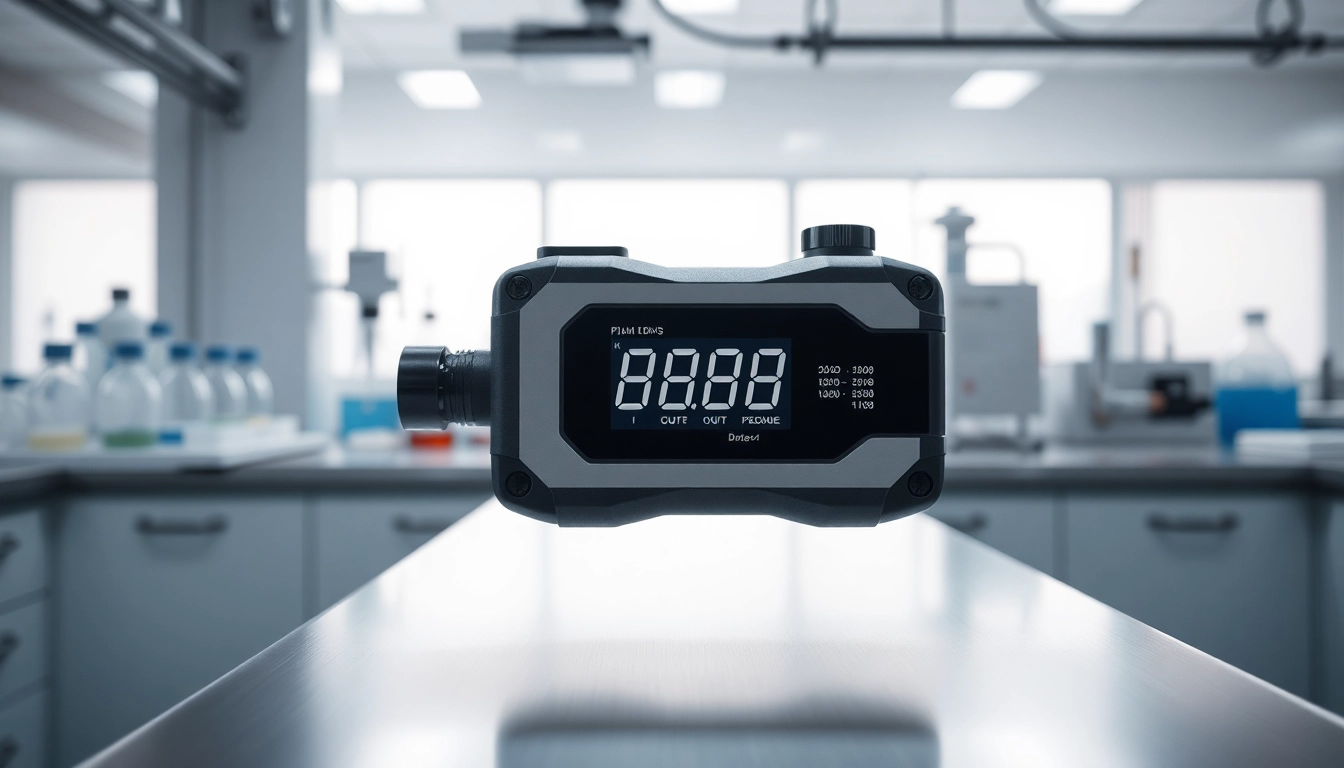Understanding Hydrogen Peroxide and Its Uses
What is Hydrogen Peroxide?
Hydrogen peroxide (H2O2) is a colorless liquid with a slightly sharp odor. It is a powerful oxidizing agent and is primarily known for its antiseptic properties, making it a go-to substance in both domestic and industrial applications. With a molecular structure that consists of two hydrogen atoms and two oxygen atoms, hydrogen peroxide is often used in solutions that range from 3% (common household grade) to over 30% for industrial applications. When hydrogen peroxide decomposes, it breaks down into water and oxygen, which are both non-toxic byproducts.
Common Applications and Industries
Hydrogen peroxide serves various functions across multiple sectors:
- Healthcare: Used for disinfecting wounds and surgical equipment, as it effectively kills bacteria and viruses.
- Food Industry: Acts as a sanitizer to cleanse food processing equipment and surfaces, ensuring safe food production.
- Cosmetics: Incorporated in hair bleaching products and oral mouth rinses due to its whitening properties.
- Cleansing Agent: Frequently utilized in household cleaning products to disinfect surfaces, remove stains, and whiten fabrics.
- Environmental Remediation: Used in wastewater treatment and soil remediation to break down pollutants.
Health Risks Associated with Exposure
While hydrogen peroxide is beneficial, exposure to concentrated forms can pose significant health risks. Short-term inhalation of vapors can result in respiratory irritation, throat discomfort, and lung damage. Contact with the skin can cause burns, blisters, and dermatitis, especially at strengths above 10%. Therefore, proper handling and usage of a Hydrogen Peroxide gas detector are crucial to ensure safety in both home and industrial environments.
Importance of Detection
Why a Hydrogen Peroxide Gas Detector is Essential
Detecting hydrogen peroxide gas is vital, especially in environments where it is used or stored in bulk. Its gaseous form can become a danger if allowed to accumulate, leading to potential explosions or health events for personnel in the area. The use of detectors enhances workplace safety by enabling early detection of leaks, preventing hazardous conditions, and allowing for timely intervention.
Key Features to Look For
When selecting a hydrogen peroxide gas detector, look for features that ensure it operates efficiently:
- Real-Time Monitoring: Capable of providing constant data on hydrogen peroxide levels to capture dangerous concentrations quickly.
- Audible and Visual Alarms: Features a robust alarm system that alerts personnel when dangerous levels are detected.
- Calibration and Sensitivity: Offers options for calibration to ensure accuracy in various environments, as well as high sensitivity to even trace amounts of hydrogen peroxide.
- Data Logging: Some models require the capability to log data for compliance and safety audits.
Regulations and Compliance Standards
Many industries are governed by strict regulations to safeguard against the hazards of chemicals, including hydrogen peroxide. Compliance with Occupational Safety and Health Administration (OSHA) standards and American National Standards Institute (ANSI) guidelines ensures that workplaces are adhering to necessary safety measures. For instance, Material Safety Data Sheets (MSDS) for hydrogen peroxide dictate safe handling and use, while compliance with fire safety standards is paramount to prevent accidents.
Selecting the Right Hydrogen Peroxide Gas Detector
Evaluating Your Environment
Every environment holds unique challenges, influencing the choice of a gas detector. Assess factors such as:
- Concentration: Analyze the typical concentrations of hydrogen peroxide present; higher concentrations may require more advanced detection technology.
- Usage Patterns: Consider how frequently hydrogen peroxide is used and stored, aiding in determining the need for continuous monitoring.
- Environmental Conditions: Evaluate temperature, humidity, and potential contaminants that might interfere with detector performance.
Top Brands and Products
Several reputable brands specialize in gas detection systems tailored to hydrogen peroxide monitoring. Some of the leading brands include:
- MSA Safety: Known for advanced detectors featuring sophisticated alarm systems and reliable performance.
- Honeywell Analytics: Offers robust detection equipment with extensive application options and real-time data output.
- Dräger: Renowned for its high-quality sensors and outstanding durability, even in demanding environments.
When considering a product, review user feedback and independent lab test results to ascertain effective performance.
Price vs. Quality Considerations
When selecting a hydrogen peroxide gas detector, balancing price and quality is critical. While numerous budget options exist, investing in higher-quality systems typically yields dependable performance and lifetime durability. Be cautious of significantly lower-priced products, as they may lack critical features such as accuracy, sensitivity, and reliability. An ideal approach is to compare warranties, replacement parts availability, and customer support when evaluating your investment.
Installation and Maintenance Best Practices
Installation Steps for Optimal Performance
Proper installation ensures the effectiveness of hydrogen peroxide gas detectors. Follow these steps:
- Location Selection: Place detectors in areas most likely to experience hydrogen peroxide gas accumulation, such as near storage, usage points, or ventilation systems.
- Mounting: Use appropriate fixtures to secure detectors firmly, following the manufacturer’s guidelines regarding height and proximity to potential leakage sources.
- Calibration: Conduct initial calibration as per the manufacturer’s recommendations to ensure accurate measurements right from the start.
- Documentation: Maintain documentation of installation and configuration for compliance records.
Regular Maintenance and Calibration Tips
Continual maintenance is vital for the safety and longevity of gas detection systems:
- Routine Calibration: Schedule calibrations consistently as per manufacturer instructions. Most detectors require recalibration every 6-12 months.
- Battery Checks: Regularly inspect and replace batteries as needed, particularly for portable units.
- Functional Testing: Execute frequent functional tests to ensure the detector operates within expected parameters and responds correctly to simulated scenarios.
Common Issues and Troubleshooting
Gas detectors may experience various issues over time. Below are some problems and their respective solutions:
- False Positives: If a detector frequently exhibits false alarms, inspect for contamination or malfunctioning sensors. Cleaning the sensor may resolve the issue.
- Non-Response: If no alarms sound during a gas presence, verify battery levels and connection integrity. A functional test can confirm the system is working properly.
- Calibration Errors: If the reading is inconsistent, recalibrate the system and ensure the correct calibration gas is used.
Enhancing Workplace Safety and Training
Creating Awareness Around Gas Detection
Awareness is paramount in preventing exposure. Implement the following strategies to raise awareness among employees about hydrogen peroxide hazards:
- Information Sessions: Conduct seminars and workshops detailing the risks of hydrogen peroxide exposure and the importance of gas detectors.
- Visual Aids: Post informative signage on the proper use, handling, and emergency procedures regarding hydrogen peroxide and detection systems.
- Personal Protective Equipment (PPE): Provide and promote the use of appropriate PPE to protect workers from accidental exposure.
Training Employees on Safety Protocols
Implementing safety protocols requires robust training programs tailored to workers handling hydrogen peroxide. Consider these components:
- Emergency Procedures: Educate employees on what actions to take in the event of a leak, including evacuation routes and contact protocols.
- Proper Handling Techniques: Train employees on how to use, store, and dispose of hydrogen peroxide safely.
- Use of Gas Detectors: Instruct employees on the functionality of detection systems, emphasizing the significance of regular tests and calibration.
Emergency Response Plans and Procedures
Preparedness is crucial in emergencies related to hydrogen peroxide exposure. An effective emergency response plan should include:
- Immediate Response Teams: Designate specific staff trained to handle potential emergencies, including leak containment and hazard assessment.
- Incident Reporting Procedures: Implement a procedure for reporting incidents, ensuring all employees understand their role in maintaining safety.
- Regular Drills: Conduct drills at scheduled intervals to familiarize employees with emergency protocols and identify areas needing improvement.



